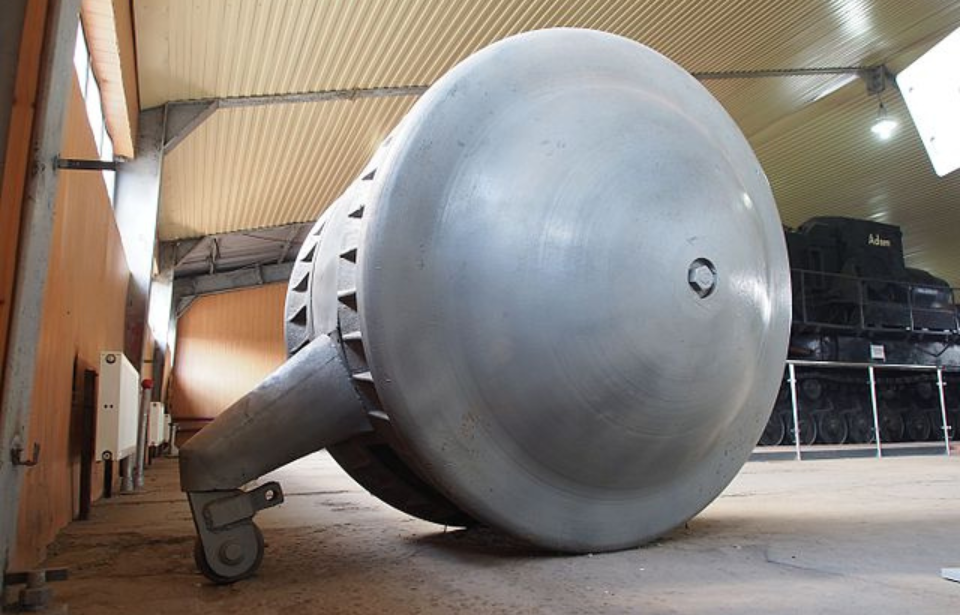The Germans developed an array of combat vehicles over the course of the Second World War. The majority have accompanying documentation that allow historians to develop an understanding of their use. However, there’s one that’s simply an enigma, with no one quite sure of its purpose: the Kugelpanzer.
The Kugelpanzer was a seemingly useless vehicle
Not much is known about the Kugelpanzer, and what’s assumed is the result of speculation, as no documentation has been recovered regarding its design or purpose. However, it’s assumed it was produced by Krupp, which produced various military vehicles during World War II.
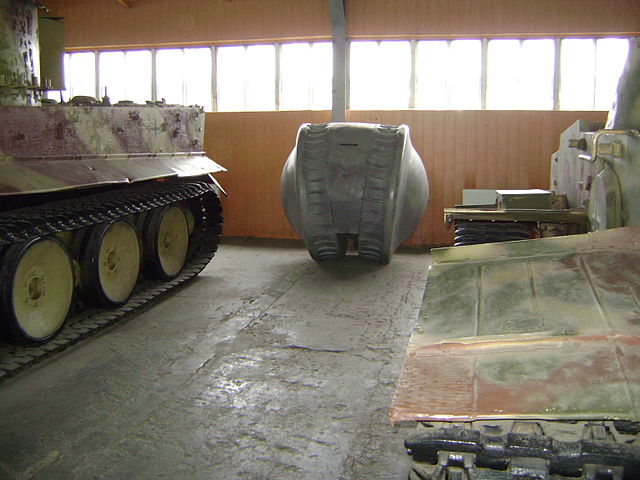
What is known is that the Kugelpanzer was a 25 horsepower single-cylinder two-strong engine vehicle with 5 mm-thick outer armor. It weighed 1.8 tons and rolled along 1.5-meter diameter rollers while the driver(s) sat on a saddle-like stool.
Given its rather small size, it was likely only powered by a single person. The drive was located behind the operator, and the steering wheel was in the rear. This served as a way of shifting the vehicle’s center of gravity and providing support for rotary movements carried out by its wheels.
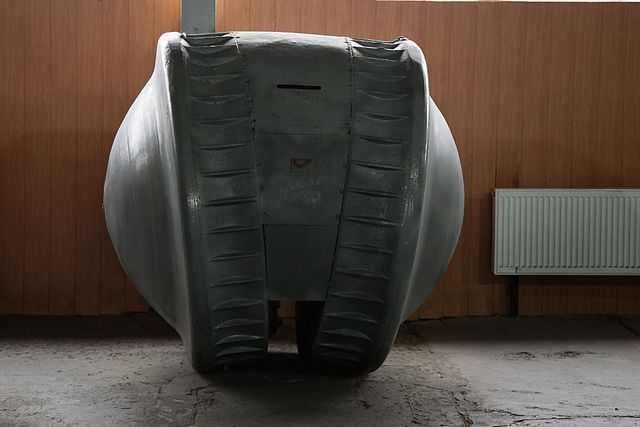
From there, the rest is up for debate. According to an estimate from Russian Popular Mechanics, the Kugelpanzer was rather slow, traveling a meager 5 MPH. There’s also a slit in the front that likely doubled as a viewing slot and a place from which a machine gun, either a 7.9 2mm MG-34 or MG-42, could be shot.
Only a single Kugelpanzer survived World War II
Much of what is known about the Kugelpanzer comes from one the Red Army captured from the Japanese Kwantung Army in Manchuria in 1945. It’s believed to be the only one still in existence, and is currently on display at the Kubinka Tank Museum. Upon its capture, the model was repainted and its drive mechanism removed. The original paintwork was restored in 2000.
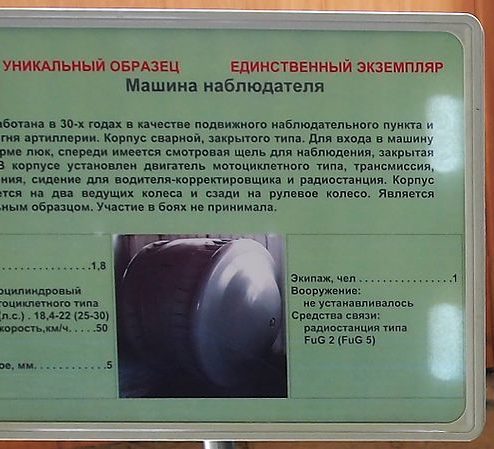
It’s currently not clear what metal makes up the vehicle’s exterior, as samples are not allowed to be taken. As well, there’s no evidence to show it or other Kugelpanzers ever saw combat, at least in the European Theater.
What is known is that its design is similar to that of other military vehicles. These include WWI’s Treffas-Wagen, the Tsar Tank, inventor A.J. Richardson’s Tumbleweed Tank, and the War Tank on One Wheel. However, none were as peculiar.
Japan’s kamikaze strategy
Theories abound regarding the purpose of the Kugelpanzer. The general consensus is it was likely used as a light reconnaissance vehicle, while others suggest it served as either infantry support or was used to lay cables along the frontlines. However, the most interesting theory involves its potential use by the Imperial Japanese Army as part of its kamikaze strategy during the war in the Pacific Theater.
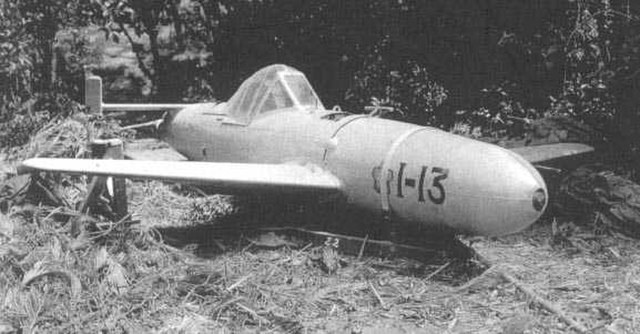
By 1944, Japanese pilots had begun crashing their aircraft into enemy installations to cause as much damage as possible. The pilots themselves were often killed in the process. By the fall of that year, the Imperial Japanese Army had grown so desperate that it began to incorporate these missions into its offensive strategy, thus requiring new vehicles and equipment.
Along with improvising already existing devices, the Japanese developed an array of new military vehicles. This included the Yokosuka MXY-7 Ohka, a kamikaze attack aircraft; manned underwater crafts like the Kaiten and Kairyū; and Shin’yō boats
More from us: How Sling Weaponry Revolutionized Warfare In The Ancient World
Want to become a trivia master? Sign up for our War History Fact of the Day newsletter!
Given the purpose behind their designs would more than likely lead to the death of their occupants, these vehicles were often small and lightly armored. They also had little-to-no offensive weaponry onboard. The Kugelpanzer shared these features, leading some to theorize it was used to ram into enemy tanks.
